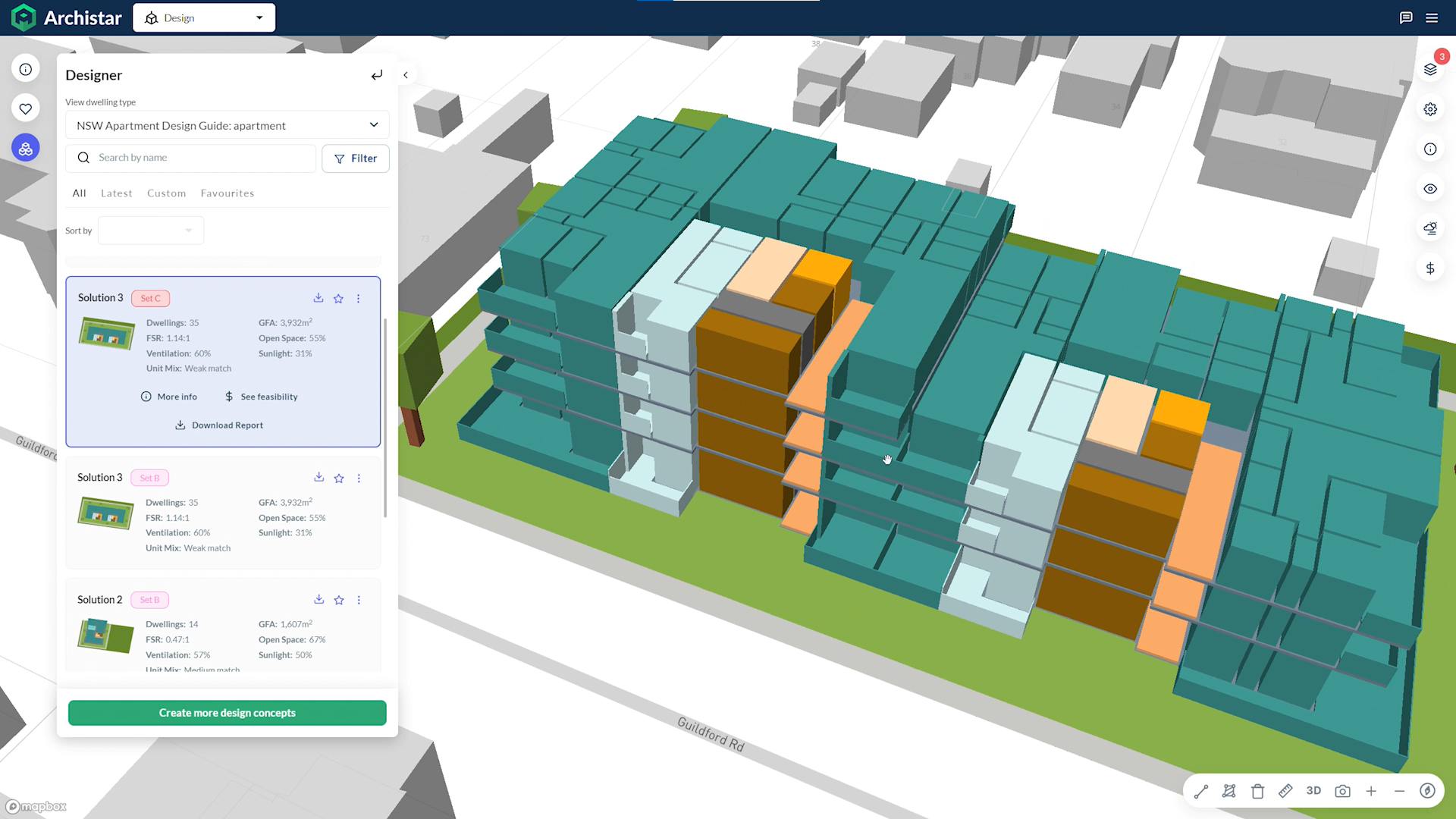Sydney, 12 May 2023: Over the last few years, pressure has been mounting against governments in the housing sector, with supply struggling to keep up with demand. Following the re-opening of international borders after extended covid-lockdowns, governments are facing a stronger-than anticipated recovery in population growth, presenting a new challenge to housing supply and affordability. In Australia, the Centre for Population expects net overseas migration to increase by 268,000 between 2022 and 2024, suggesting that the housing supply crunch is a problem that is here to stay.
The housing cost crisis from the rapid growth in demand is coinciding with increasing interest rates and a rise in the cost of materials, placing pressure on consumers’ ability to purchase and build housing. In the 2023 ‘State of the Nation’s Housing 2022-23 research report’, the National Housing Finance and Investment Corporation CEO Nathan Dal Bon emphasised that “analysis shows housing affordability and supply are likely to remain challenging for some time, underscoring the need for a holistic approach to mitigate the housing pressures Australians are facing.”
Governments are cognizant of these challenges ahead, with Australia’s Housing Australia Future Fund, recognizing that a change to supply is needed to keep up with demand. This concern is not exclusive to Australia but is echoed throughout North America. In 2022 Prime Minister Trudeau launched the $4 billion New Housing Accelerator Fund, identifying that significant steps are needed to build more houses across Canada, with the aim to double housing construction over the next decade. Similarly, President Biden announced a Housing Supply Action Plan in 2022 to ease the burden of housing costs over time by boosting the supply of quality housing in every community.
In light of these changes, people over lost in complex and time-consuming process
With governments prioritizing increasing supply of housing through investment, a barrier that continues to persist for homeowners and home builders across Australia and North America is the complex and time-consuming process of building property. Citizens are expected to find and understand a plethora of government documents and rules that dictate what is allowed to be built on a site, including environmental, zoning and heritage concerns. For the average citizen, this complex regulatory environment can slow down and frustrate the design and construction process, disincentivizing action and exacerbating the supply problem.
The public need a single source of truth that empowers them in understanding land and government regulations and can encourage home buying and building approval. With increasing time constraints and rising costs, the public needs to know that they are making strategic and long-lasting decisions for their property. This presents the opportunity to introduce technology and artificial intelligence to empower customers in understanding all of these requirements and making strategic issues.
Technology needs to be adopted to streamline and enhance the solutions
More than ever, technology and artificial intelligence is needed to address these problems and prioritize simplifying the building and buying process to boost housing supply. Artificial intelligence, with its ability to analyse vast amounts of data, identify patterns and make predictions, has the potential to cut through the complex environment and deliver the facts needed to customers so that they can make informed and strategic decisions.
An example of technology driving change in this sector is Archistar, a revolutionary platform that combines architectural design with artificial intelligence to inform decision-making in property, navigating the complex and time-consuming issues that are slowing down progress in housing supply. The technology transforms how the sector plans, designs and builds property, giving users everything they need to know about any site, by using AI to ensure adherence to local regulation and standards, such as zoning requirements, environmental concerns, building codes and accessibility requirements.
By leveraging these technology tools, homebuyers and builders can save time and money while reducing the likelihood of errors and oversights. This ultimately leads to more successful projects, empowering builders to continue increasing supply.
As the private sector embraces technology, the public sector must follow through the deliver these changes to everyone
Technology, such as Archistar, has been widely embraced in the private sector, with industry clients such as Mirvac, Armherst, Aurecon and Stockland using it to plan and build housing across Australia and the United States.
Moreover, private sector investment continues to see technology as a core tool to driving change in the housing sector. In 2022, Archistar had from an $11 million funding raise in 2022 backed by NAB Ventures, Skip Capital, Skyfield, AirTree Ventures and other private investors, and as the housing supply crisis has persisted, Archistar has received enduring interest from investors and funding partners, who want to invest in technology that can address social problems and create real change in the world.
Now it is time for governments and the public sector to prioritise technology as a means to accelerate change in the housing sector. Archistar has been working with governments across Australia and North America to embed technology into the building process and leverage technological tools to fast-track development. With demand for property showing no sign of slowing down, it is the responsibility of governments to support a boost supply and by adopting artificial technology, governments can accelerate the overall process without compromising quality.


